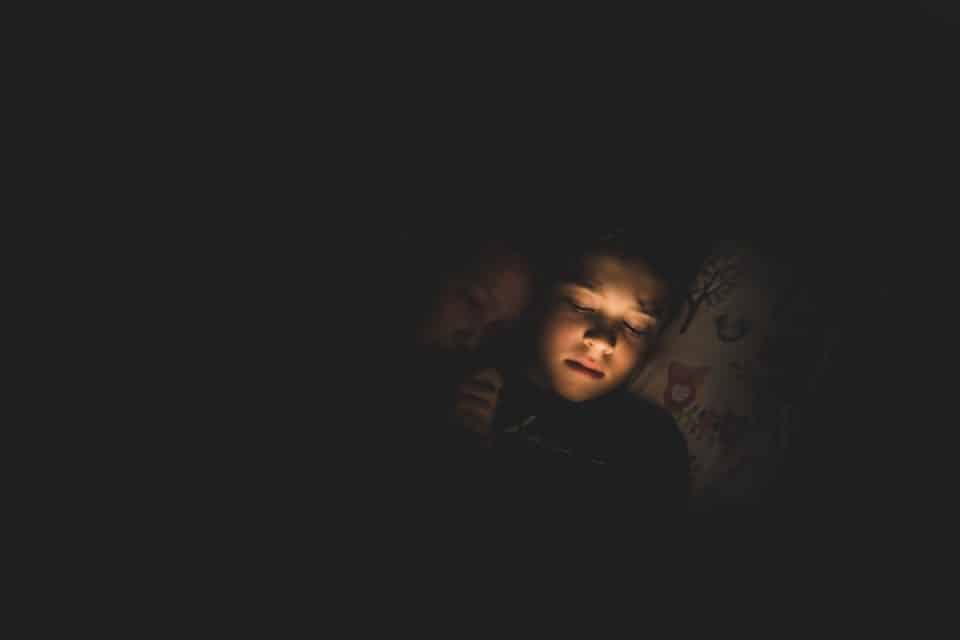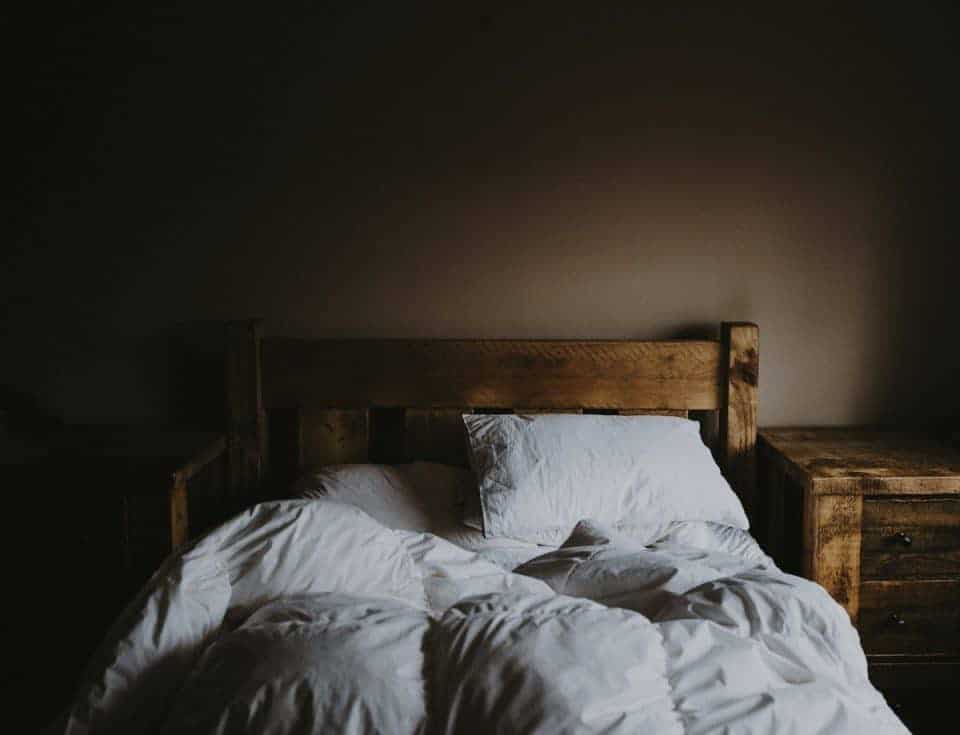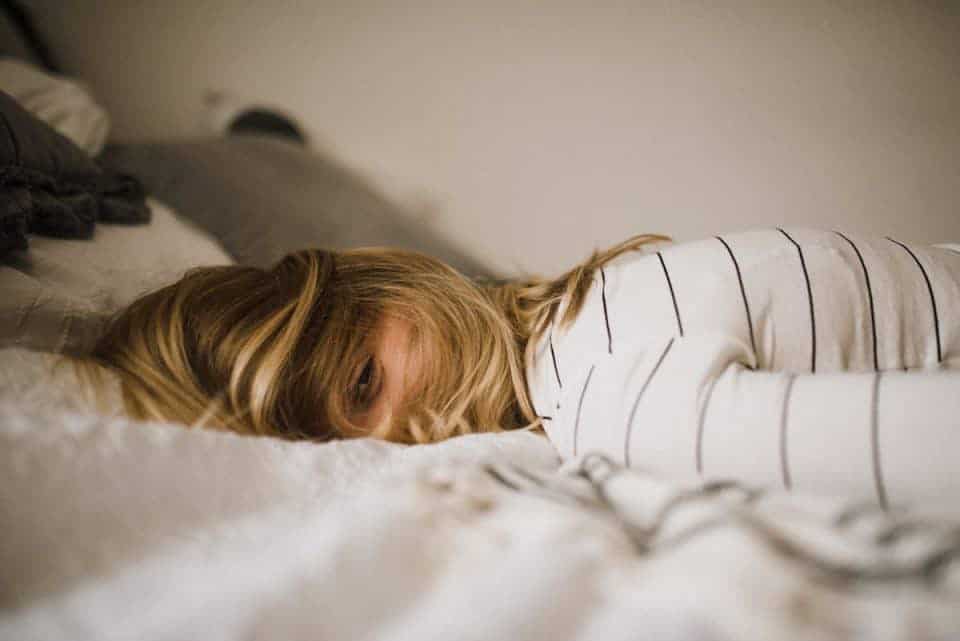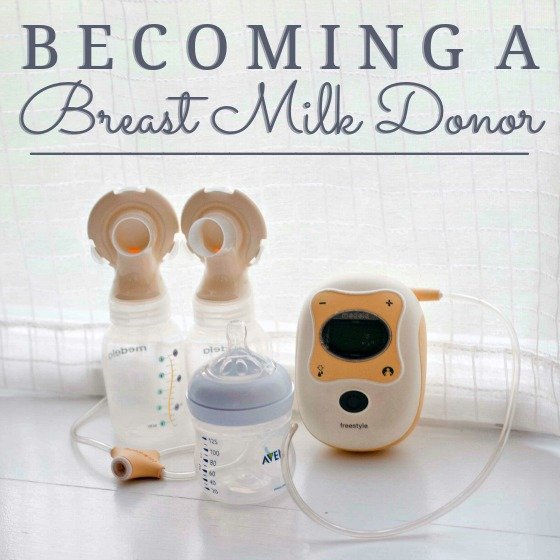Let’s face it. Kids are creepy. It seems to be a rite of passage into parenthood to be awoken at 2 a.m. seemingly for no reason (or no noticeable sound) only to open your eyes and see a silent child staring down at you. If this horror film esque scene has not yet played out in your bedroom, be prepared. It is only a matter of time. Our children are basically put on Earth to scare us half a dozen times a day, leaving us to go to bed thankful that everyone survived another day.
For some parents this scene only plays out once or twice in a lifetime, with no real harm other than maybe a few seconds shaved off of their life from startled fear. Unfortunately, for others, this late night happening can become a regular occurrence with serious consequences. If your child suffers from sleepwalking your late night hours may be filled with a wandering, sound asleep child with whose safety becomes your greatest concern. Parents of sleepwalkers are usually left asking: How do I keep my sleepwalker safe?
Facts about Kids Sleepwalking
Sleepwalking, also known as somnambulism, occurs when a person gets up and walks around or performs other complex behaviors while in a state of sleep. Ranging from simply sitting up in bed to leaving the house, sleepwalking is a cause for concern. This behavior disorder is most common in children between three and seven years old, and is usually outgrown by the teen years. While some adults suffer from sleepwalking episodes, it is much less common. Adult sleepwalking is commonly associated with sleep deprivation, other underlying sleep disorders, sedatives such as drugs or alcohol, and certain medications.

Kids sleepwalking usually occurs within one to two hours of the child falling asleep. Sleepwalking is a disorder of arousal, meaning it happens during N3, the deepest stage of NREM (non-rapid eye movement) sleep. These episodes can last anywhere from a few minutes to much longer, depending on the level and speed of intervention.

Sleepwalking tends to run in families and is more common in children also suffering from sleep apnea. Kids who experience older age bedwetting also have higher rates of sleepwalking as well. Stress, irregular sleep schedules, lack of sleep or fatigue, fever, illness, and some medications are common causes of sleepwalking in children.
Sleepwalking includes the obvious behavior of getting out of bed and walking around, but may also include:
- Sleep talking
- Non-responsive to others
- Cycling through repeated motions
- Clumsy and Disoriented during the episode and after being awakened
- Difficult to wake up
- Crying or screaming
- A glazed or glassy-eyed appearance
- No memory of the event in the morning
- Inappropriate behaviors, such as urinating in closets or corners
- Leaving the house
- Becoming violent
- Getting injured from falling down stairs, out of windows, climbing bookcases, etc.

Although a sleepwalker’s eyes are open, he or she is not seeing things as they would when awake, nor do they respond normally because what they are seeing or experiencing is not necessarily their current surroundings.
Sleepwalker Safety Precautions & Prevention
While sleepwalking itself is not necessarily harmful, kids sleepwalking are subject to harm because of outside factors such as stairs, cluttered floors, pools, doors, and windows. Parents of frequent and hard to wake sleepwalkers live in fear of their child leaving the house because these sleepwalkers often open doors and windows, even if locked, without ever waking up. Children are also prone to fall down stairs, out of bunk beds, and over furniture subjecting themselves to harm.

Several precautions need to be taken to ensure the safety of kids who frequently sleepwalk:
- Ensure doors and windows are locked with child safety locks
- Install door and window alarms on all exterior doors and windows, and possibly even the child’s bedroom door
- Do not allow sleepwalkers to sleep in a bunk bed
- Keep sharp, dangerous, and breakable objects out of reach and far from the child’s bed
- Remove clutter and other obstacles from the home to prevent trip and falls
- Install baby gates at the top of any stairs, and possibly even the child’s bedroom door
- If your child is a teen sleepwalker, make sure to take and secure any car keys before bed

Some techniques to try and reduce the incidence of or prevent sleepwalking include earlier bedtime routines, waking the child just before the sleepwalking usually occurs (if it usually happens at a similar time), preventing kids from drinking a lot in the evenings and ensuring they use the bathroom before bed, and avoiding caffeine.
From hungry newborns to potty training two-year-olds, sleepwalking kindergarteners to driving teens, it seems that we as parents are doomed to never get a good night sleep again. Some of us may have accepted that fate and are able to simply roll with it, subsisting off coffee and a few hours of shut-eye. For others, the struggle is real and the ability to function on little sleep is basically impossible. No matter which type of parent you are, or which stage you currently find yourself in, the best idea is to make a plan with your spouse for the health and safety of your entire family. While sleepwalking kiddos are no laughing matter, with a little planning and prevention your child will outgrow this phase with little to no serious consequences. As parents, stay calm, stay positive, and know that this too shall pass…and maybe one day soon you will get to sleep again.
If you or your children have trouble getting all your zzzz’s check out these 6 Ways to Get Better Sleep.
Sources: KidsHealth, Mayo Clinic, National Sleep Foundation









































